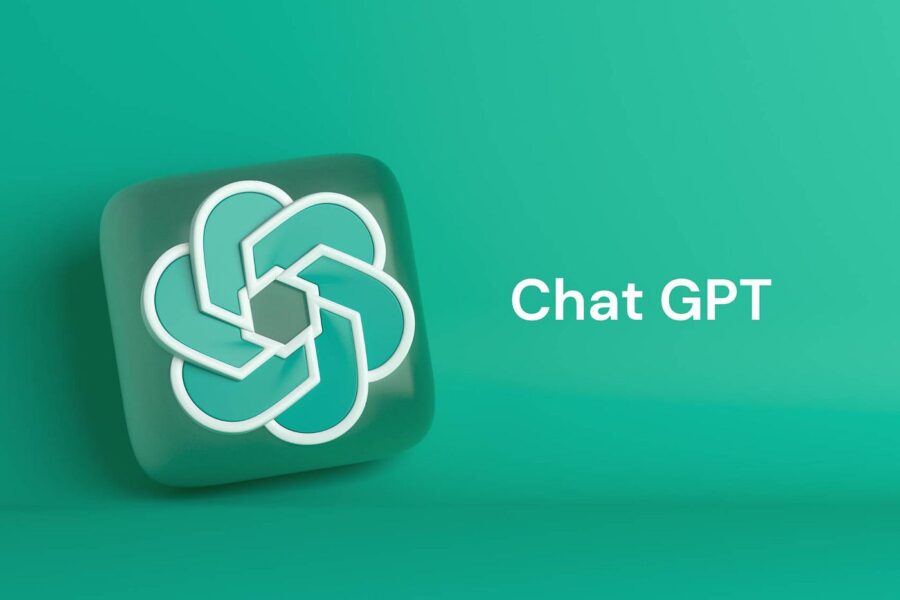Since the public release of ChatGPT on November 30, 2022, everyone from college marketing majors to Google’s executive staff has been scrambling to learn how to use the capabilities.
ChatGPT, as an AI language model, did not have a standard marketing approach in its early days. However, there are certain crucial conclusions from ChatGPT’s development and success that can be applied to marketing.
Focus on a specific niche:
ChatGPT was first created to answer queries about natural language processing and artificial intelligence. ChatGPT was able to create a dedicated following among persons interested in these topics by focusing on a specialized niche.
Businesses can benefit from focusing on a specialized specialization as well. Businesses that specialize in a specific area might become experts in that subject and build a strong reputation among their target audience. This can result in improved brand awareness and loyalty, as well as greater sales and profitability. Furthermore, by focusing on a specialty, firms can more readily distinguish themselves from competitors and develop a unique selling proposition that appeals to their target customers.
Continuously improve:
Yes, constant improvement has been an important component of ChatGPT’s development. ChatGPT’s engineers worked tirelessly to improve the model’s capabilities, which aided in its performance and popularity. Businesses can also priorities continuous improvement by soliciting client feedback and implementing required modifications to improve their product or service.
ChatGPT has been able to keep ahead of the competition and preserve its position as a premier AI language model thanks to constant refinement.
Emphasize user experience:
ChatGPT was created with the purpose of providing a seamless user experience, making it simple for users to ask questions and receive helpful responses. Businesses can also prioritise user experience by creating products and services that are user-friendly.
To do this, ChatGPT’s developers trained the model on enormous volumes of data using a combination of natural language processing algorithms and machine learning approaches. This enabled the model to better understand the intricacies of human language and respond to user questions in a more accurate and relevant manner.
Leverage social media:
ChatGPT’s early success was owed in part to its presence on social media platforms, where it was able to communicate with a larger audience and establish its brand. Businesses should use social media to grow their brand and engage with their target audience. Below are the ways in which ChatGPT leveraged social media:
Engaging with users
Sharing updates
Creating shareable content
Partnering with influencers
Running social media ads
Offer value:
ChatGPT provided value to its users by responding to their questions in an accurate and helpful manner.
ChatGPT adds value as an AI language model by offering accurate and helpful responses to a wide range of topics. This value stems from its capacity to comprehend natural language input and produce relevant and informative output.
Businesses should also priorities providing value to their clients by providing high-quality goods and services.
Build a community:
Creating a community is an important part of any successful marketing approach.
The developers of ChatGPT built a community around the idea by encouraging users to share their experiences and providing discussion boards.
ChatGPT’s developers were attentive to user feedback and handled user problems, which contributed to the community’s confidence and loyalty. Similarly, firms should respond to client feedback and concerns in a timely and transparent manner.





